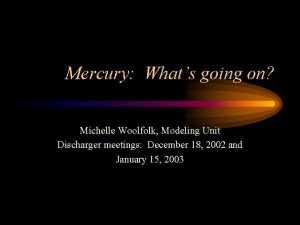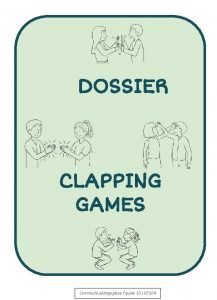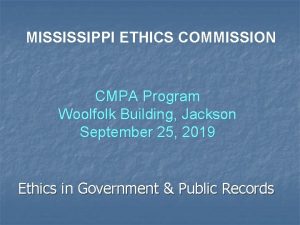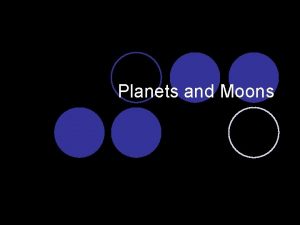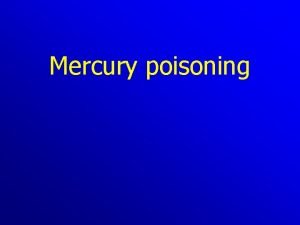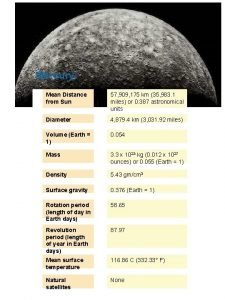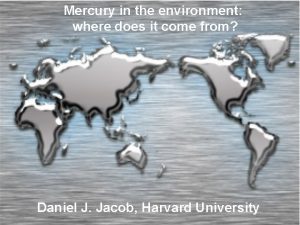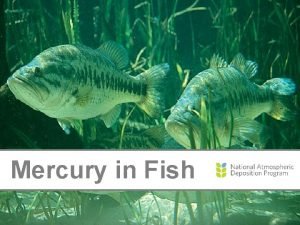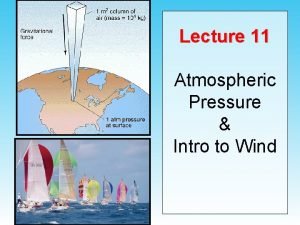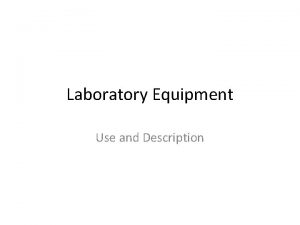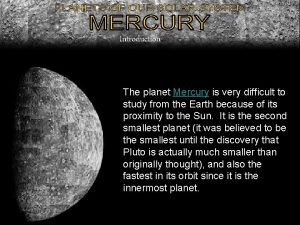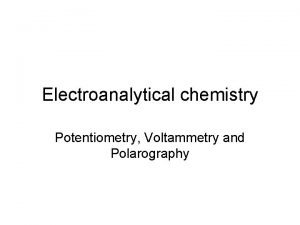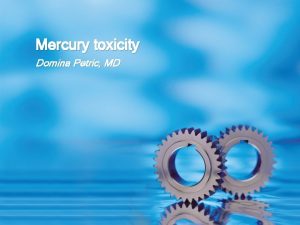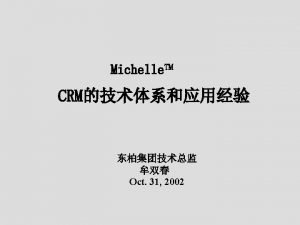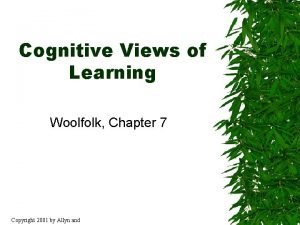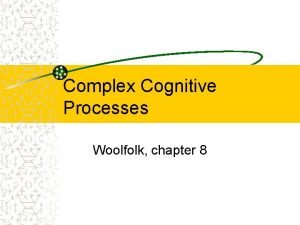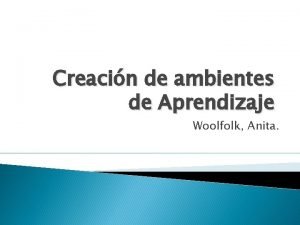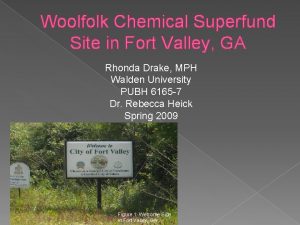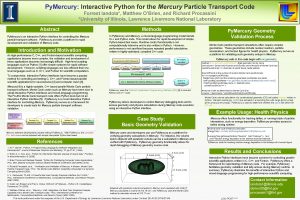Mercury Whats going on Michelle Woolfolk Modeling Unit





























- Slides: 29

Mercury: What’s going on? Michelle Woolfolk, Modeling Unit Discharger meetings: December 18, 2002 and January 15, 2003

Questions • Why is mercury a concern? • How much mercury is acceptable in surface water? Fish? • Is there any evidence that mercury is a problem in North Carolina? • Why is the coastal area a target (versus mountain or piedmont)? • What is the source of mercury in surface water? Fish?


NC Fish Eating Advice • Issued in April 2002 • Advises restricted consumption of largemouth bass, chain pickerel, bowfin caught from NC waters • Establishes range of south and east of I-85

Confusing Issue #1: How high is too high? (Criteria) • Federal criteria – Food and Drug Administration (FDA): 1 mg/kg – Environmental Protection Agency (EPA): 0. 3 mg/kg • After careful review and consideration by the NC Air Quality Scientific Advisory Board, – NC Dept of Health and Human Services: 0. 4 mg/kg

Water Quality Criterion: Methylmercury • EPA published January 2001 • Tissue Residue Criterion of 0. 3 mg/kg • Calculated using human health risk assessment methodology • Target water concentration back-calculated using multiple site-specific factors – water to fish bioaccumulation factor – total mercury to methyl mercury translator

Risk from Methylmercury Exposure • Adult nervous system effects at high levels • Nervous system of developing fetus affected at lower exposure levels • Recent Studies – Seychelles, Faroes Islands, New Zealand • Varying estimates of “no risk exposure” – SAB: 0. 17 mg/kg/day Presented to EMC by G. Lucier, Ph. D of the SAB

Environmental Exposures to Methylmercury • Mercury is ecologically and biologically persistent • Exposures measured through fish consumption and methylmercury levels • Hair: effective measures of past exposure Presented to EMC by G. Lucier, Ph. D of the SAB

North Carolina Hair Mercury Levels * *Provided by Dr. Gregory Smith, NC DHHS Presented to EMC by G. Lucier, Ph. D of the SAB

Confusing Issue #2: How to define areas of concern ? • Criteria, apply as mean, median, or reasonable maximum • Fish tissue data • Easily recognizable by the general public


5/11/2001

4/24/2001

Confusing Issue #3: What is DWQ doing in all this mess ? • Fish consumption advisories indicate a loss of use of a water body, so • Waterbodies are impaired (303(d) list)!!! – DWQ administers the NPDES program – DWQ and EPA are responsible for developing Total Maximum Daily Loads for these waterbodies

Confusing Issue #4: Where is the mercury coming from ? • Direct discharges of wastes containing mercury • Indirect discharges of mercury from – Air (wet and dry deposition) – Overland runoff (residential and industrial areas, and wetlands)

But, it’s even more confusing than that • Mercury from air can be from local sources or from across the globe • Just because mercury gets into the aquatic system doesn’t mean it will accumulate in fish • AND everything depends upon the form of mercury (Hg 0, Hg 2+, Me. Hg)

Predicting the Impact of Airborne Mercury Emissions End consumer Hg accumulation in fish Hg can travel long distances before depositing Hg emitted to air or overland runoff Hg in water transforms to Me. Hg Presented to EMC by G. Lucier, Ph. D of the SAB

Wetlands… Good for the environment! (Except for mercury) Me. Hg In More Me. Hg Out Wetlands export much more Me. Hg than they receive Presented to SAB by R. Harris, Ph. D of the Tetra. Tech, Inc.

What kinds of lakes tend to have higher fish Hg? • Low productivity • Low p. H • Moderate to high DOC • Presence of wetlands • Smaller, warm lakes Presented to SAB by R. Harris, Ph. D of the Tetra. Tech, Inc.

Mercury Deposition Network (MDN) • Weekly collections • Hg concentration, precipitation, deposition

Total mercury in aquatic environments Sources: USGS 2000 and MCFRBA

Why should DWQ use Method 1631? Because we can’t tell how much mercury is in water or effluent!!!


Methyl mercury in aquatic environments Source: USGS 2000

Mercury Cycling in D-MCM Wet and dry Deposition Volatilization Outflow Hg(0) Inflow/Runoff Hg(II) Me. Hg Settling/Resusp Diffusion Hg(II) Burial Bioaccumulation Me. Hg Burial

NC Eastern Regional Mercury Study • Funded by USEPA grant • Goals – Evaluate levels of ambient mercury in surface water systems – Estimate site-specific total mercury: methyl mercury translators to evaluate water quality criteria – Estimate site-specific water to fish bioaccumulation factors – Evaluate potential mercury loads from WWTPs

NC Eastern Regional Mercury Study • Using clean methods (handling and analysis, incl. Method 1631) • Study conducted for one year • Monitor quarterly – total and methyl mercury in surface water – total and methyl mercury in sediment • Monitor annually – mercury in fish

NC Eastern Regional Mercury Study • South and Black Rivers (CPF) • Waccamaw River and Lake Waccamaw (LBR) • Lumber River (LBR) • Eno River (NEU) • Contentnea Creek (NEU) • • • Kendricks Creek (PAS) Phelps Lake (PAS) Cashie River (ROA) Ledbetter Lake (YAD) Abbotts Creek (YAD)

For more information • DHHS Fish Eating Advice http: //www. schs. state. nc. us/epi/fish/mercuryadvice. html • SAB mercury review http: //daq. state. nc. us/toxics/risk/sab/final. Hg. Report. pdf • DWQ mercury fish tissue results are reported in basin assessment documents. • EPA Water Quality Criteria http: //www. epa. gov/ost/criteria/methylmercury/ • FDA Mercury Advisory http: //www. cfsan. fda. gov/~dms/admehg. html • Impaired Waters (Integrated Report/303(d) List) http: //h 2 o. enr. state. nc. us/tmdl/General_303 d. htm
 Michelle woolfolk
Michelle woolfolk Tic tac toe going high going low going criss cross lollipop
Tic tac toe going high going low going criss cross lollipop Woolfolk educational psychology
Woolfolk educational psychology Woolfolk psicologia dell'educazione
Woolfolk psicologia dell'educazione Anita woolfolk hoy
Anita woolfolk hoy Woolfolk building jackson ms
Woolfolk building jackson ms Helen c erickson
Helen c erickson Dimensional modeling vs relational modeling
Dimensional modeling vs relational modeling What is the diameter of mercury
What is the diameter of mercury If you are going through hell, keep going
If you are going through hell, keep going Whats going on in
Whats going on in Tone of night by elie wiesel
Tone of night by elie wiesel Tell me whats really going on
Tell me whats really going on Tell me whats really going on
Tell me whats really going on Unit 10, unit 10 review tests, unit 10 general test
Unit 10, unit 10 review tests, unit 10 general test Whats hot whats not
Whats hot whats not Difference between mercury cell and diaphragm cell
Difference between mercury cell and diaphragm cell Mercury substitute in thermometers
Mercury substitute in thermometers Dropping mercury electrode diagram
Dropping mercury electrode diagram Unique feature of uranus
Unique feature of uranus Mercury poisoning symptoms
Mercury poisoning symptoms 57909175
57909175 Where does mercury come from
Where does mercury come from Where does mercury come from
Where does mercury come from Example of pressure
Example of pressure Classification of incandescent lamp
Classification of incandescent lamp Alcohol thermometer
Alcohol thermometer Terry giddings wikipedia
Terry giddings wikipedia Planet positions
Planet positions Difference between polarography and potentiometry
Difference between polarography and potentiometry
